Threats to Texas Bumblebees
Thursday, March 9th, 2017This is Passport to Texas
We all know about colony collapse disorder whereby colonies of European honeybees seem to vanish.
Less well known are the threats facing a lot of our native bumblebees.
Michael Warriner is an invertebrate biologist with a soft spot for native bumblebees. Like other native wildlife species in Texas, habitat loss is taking its toll on native bumblebees.
Bumblebees need open, flower-rich habitat—like grasslands. And, a lot of that habitat’s been converted to agriculture.
Warriner says pesticide use is another concern, but the threats to these big black and yellow insects doesn’t stop there.
And also, there’s been the importation of bumblebees from Europe into this country which has brought in parasites and diseases that may be impacting them. So, there’s a lot of concern how they’re faring in North America.
One of the threats to Texas bumblebees might actually be honeybees, which have colonies in the tens of thousands compared to the hundreds of insects in a bumblebee colony.
Honeybees have these tens of thousands of workers, and so they can go out and monopolize a flower resource—like nectar or pollen—and that reduces what’s available for our native bees. And there’s some research that suggests that the presence of honeybees in natural sites can reduce native bees.
We’ll have the potential impact from bumblebee decline tomorrow.
That’s our show for today…The Wildlife Restoration program supports our series…For Texas Parks and Wildlife, I’m Cecilia Nasti
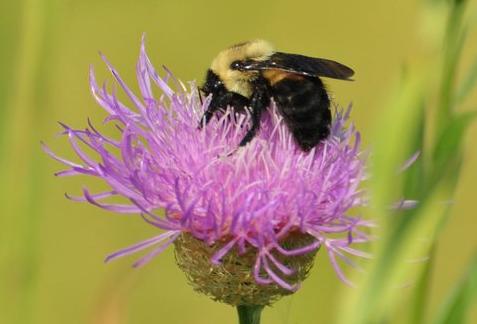

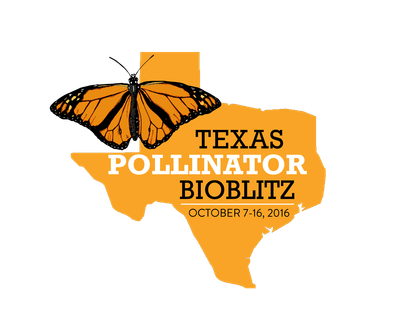
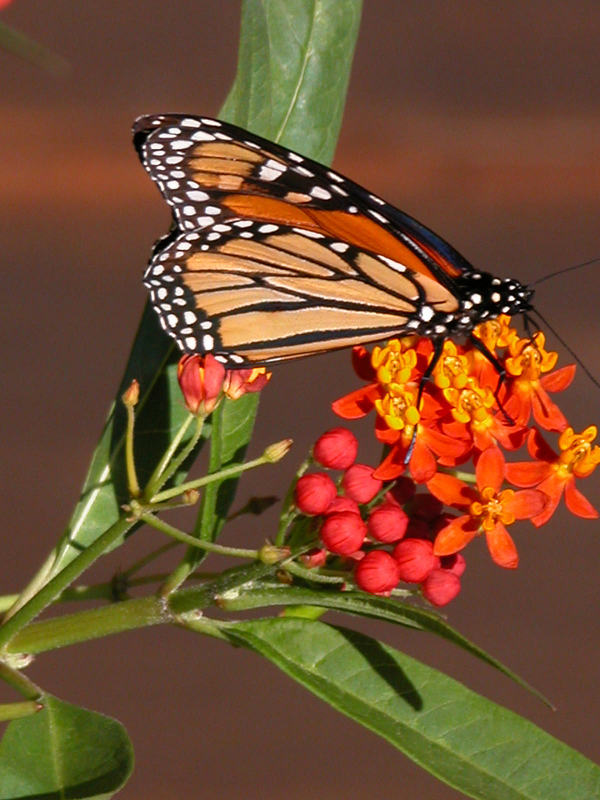
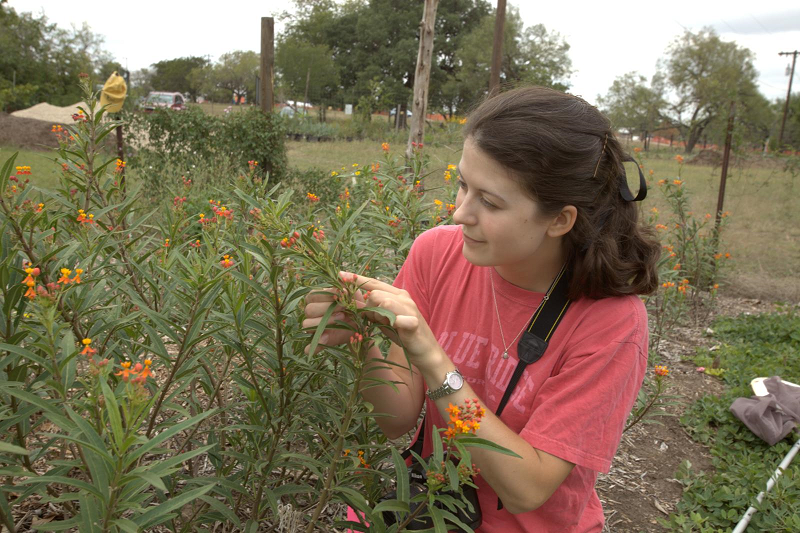
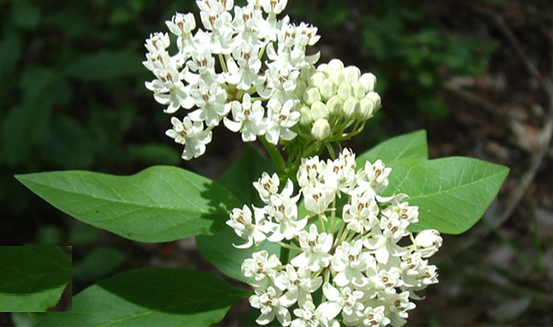

 Passport to Texas is a
Passport to Texas is a  Passport to Texas is made available by:
Passport to Texas is made available by: